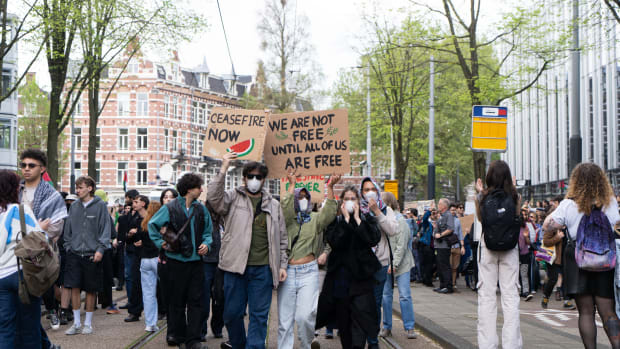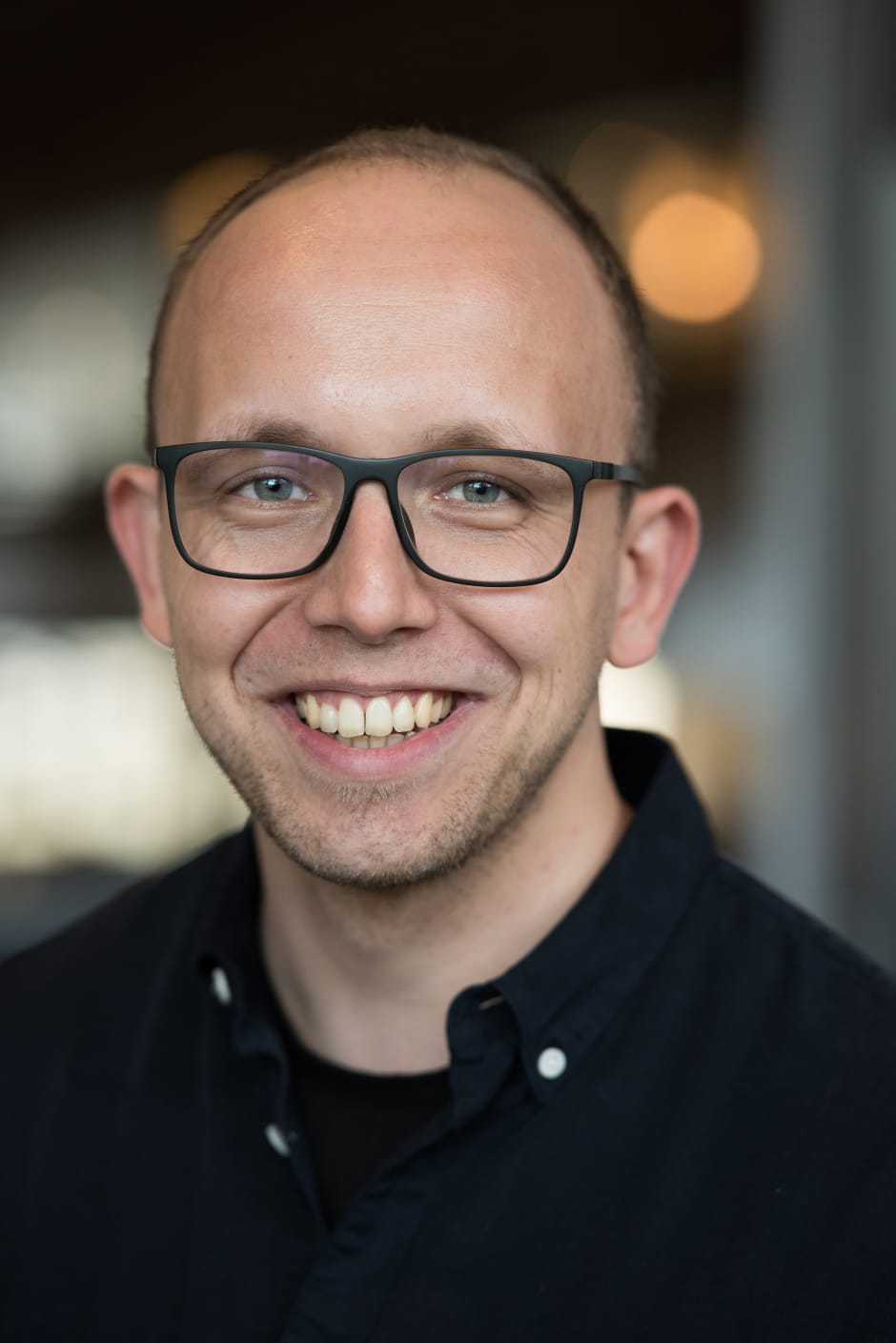
UvA’er Eddie Brummelman of The Young Academy: “Protest is a form of education”
You are not allowed to demonstrate on campus, according to a special guideline issued by universities. But such a restriction on the right to demonstrate can stifle debate, The Young Academy believes.
On its website, the Young Academy, a society of top scientists affiliated with the KNAW, denounces the directive on demonstrations unilaterally promulgated by university administrators. This directive would have “a chilling effect,” making people afraid to speak out.
“For example, if students have to register a demonstration in advance and ensure that others are not committing criminal acts, they may worry about the consequences of their participation,” said Eddie Brummelman, President of De Jonge Akademie and Associate Professor of Pedagogy at the University of Amsterdam. “As a result, you lose reasonable voices.”
Indeed, according to the statement, administrators’ directive “undermines” the spirit of universities, which should be a sanctuary for discussion and debate. They should look at demonstrations differently, The Young Academy believes.
Because you can learn from demonstrations. “Protest, including civil disobedience, is a form of public teaching and learning that forces everyone involved - including administrators - to consider the perspective and arguments of others.”

Barricades
It does raise questions, however. The recent wave of demonstrations began at the University of Amsterdam, where barricades were erected and destruction was caused. Was that a form of education, and if so, was the intervention of the mobile unit also a form of education?
Of course, the Society disapproves of violence, Brummelman says. According to him, that is not the point. He does not want to discuss in general terms what exactly is or is not allowed during demonstrations. “That is not up to us. It varies from case to case and that is precisely the point. You cannot draw general lines.”
Above all, he emphasizes that the freedom to demonstrate must always be protected as much as possible, in consultation with the university community. Therefore administrators should be cautious in calling in police during peaceful protests, as mentioned in the statement.
It’s a fine line. Apparently, administrators are now too quick to call in the police, but Brummelman does not give examples. Police intervention is not entirely taboo. According to The Young Academy, intervention is allowed if vandalism occurs or public health is endangered.
Collectively responsible
The criticism focuses mainly on the repressive side of the directive. “Even if this directive is well-intentioned and sounds seemingly reasonable, we think it has harmful effects,” Brummelman said.
The directive undermines the university as a sanctuary of debate and fuels us-versus-them thinking, is his contention. “Administrators pit themselves against staff and students, but the university belongs to everyone. We are collectively responsible.”
Masked
He also cites the ban on masked demonstrators as an example. “If students or employees openly participate in a protest, they may worry about how they will be judged in their studies or workplace. They might be afraid to express their opinions at such times.”
A follow-up question might be whether you can also wear a mask during open debates on sensitive issues. It doesn’t get that concrete. The Young Academy does not want to draw up its own guidelines.
“Universities have the institutional goal of serving as a testing grounds for ideas,” the website states. “They are places where there is room for debate and reasonable difference of opinion, precisely on controversial and contentious issues such as the current war in Gaza.” That includes demonstrations, the researchers believe, so universities should do as little as possible to stop them.
Public safety
Can demonstrations clash with public safety? Brummelman says: “Of course that is possible, but restricting and obstructing demonstrations can also endanger public safety. Above all, we hope that together we can create a good environment in which we try to understand the views of others.”
And are activists allowed to occupy buildings? The Young Academy cannot determine this. “Peaceful demonstrations are allowed in principle, although that right is not absolute,” Brummelman said.
So in the end, what is the difference between the views of The Young Academy and education administrators? “Universities impose restrictions, while The Young Academy encourages universities to engage with students and staff on how to facilitate peaceful demonstrations,” Brummelman said.

